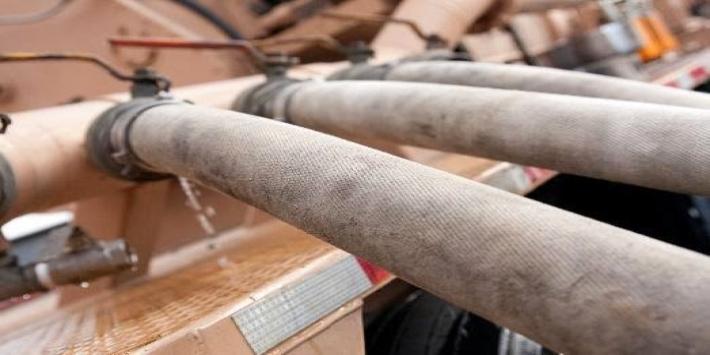What’s In a Hydroblaster Nozzle?
BLOG

When you see a technician in an application utilizing high pressure water, it may appear that the process is pretty basic. After all, is industrial water blasting that much different from using a pressure washer to spray out the garage on a Saturday afternoon? It might look similar, but there is far more going on than meets the eye! To illustrate, let’s look at just one component of the hydroblasting procedure: the nozzle. Harnessing the Power of Water If you’ve ever seen the Grand Canyon, you have observed firsthand the powerful effect that water has even on solid rock. When pressurized at up to 40,000 pounds per square inch, water could destroy a nozzle made of everyday materials. To handle this intense pressure and at supersonic velocities, nozzles are precisely manufactured with specialty materials such as stainless steel, then hardened with a specialized process that protects them against accelerated erosion during use. For certain purposes, a technician may use a nozzle externally coated with another durable metal, such as Teflon or even ceramic. Directing Water Flow for Maximum Impact/Effectiveness A hydroblaster nozzle doesn’t necessarily just spray water in a straight line (often times referred to as a “hard hitter”). If it did, the technician could only clean a miniscule surface area at a time. Instead, a nozzle features a specific jet shape, configuration, angle, flow, and motion as may be appropriate for the specific application. Generally speaking, the finer the jet stream, the more focused the water pressure is. A wide jet is better for broad, less aggressive cleaning, while a narrow jet is better for breaking up buildup of particularly tough substances. When water blasting is used to clean out tubes and pipes, a nozzle will also blast water at various and strategic angles and even in backward directions in order to thoroughly clean interior surfaces. In all instances, however, safety is the single most important consideration when selecting a nozzle so as to ensure it can be utilized properly in the application at hand. Choosing the Right Tools When you use your hose around the house, you probably click your nozzle between settings like “mist,” “spray,” and “jet” in order to use your water most efficiently. At the industrial cleaning level, using the right hydroblaster nozzle, pressure, flow, and other features (such as minimizing pressure loss in the hook up) makes the difference between finishing the job completely and expeditiously rather than leaving deposition behind. At Thompson Industrial Services, our experts have the training, years of experience, and an arsenal of pumps with a vast array of pumps that it takes to select the right mix for every job. Give us a call to discuss your hydroblasting needs to 40,000 PSI or 1,200 GPM – we can help!

Press Contact
- Emily Martin
- Marketing Manager
- 100 N. Main Street
- Sumter, SC 29150
- (803) 773-8005
- emartin@thompsonind.com
